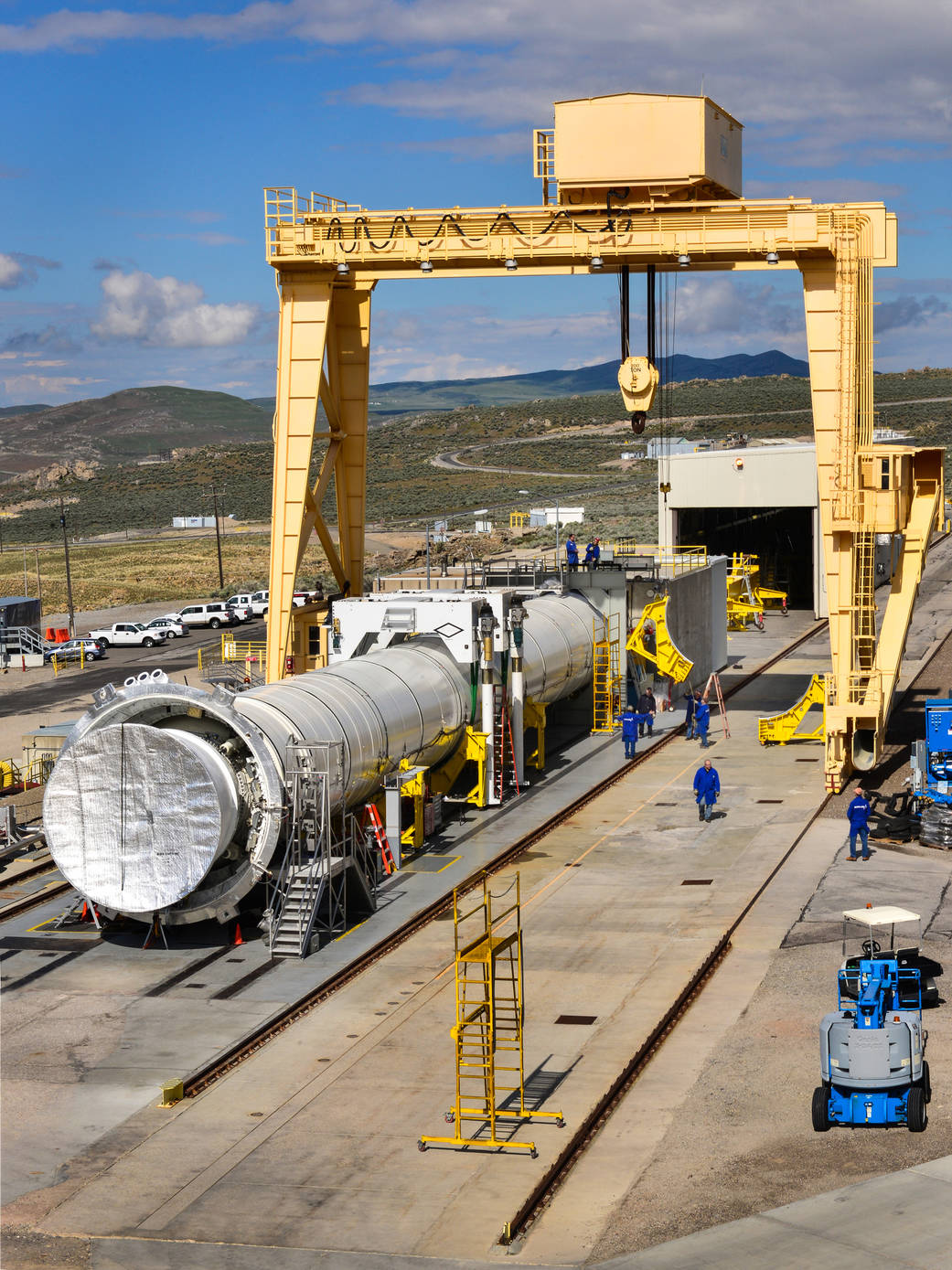NASA’s new rocket will launch in 2018. Why is it a big deal?
Space Launch System (SLS) will give NASA the ability to launch not only payloads into deep space, but also humans–something that’s never been done before. On its first flight alone, the rocket will send a crew capsule past the moon – farther than any human-rated spacecraft has ever gone.
This first flight in 2018 won’t carry astronauts, but it will be a rare opportunity for small satellites to travel outside of low-Earth orbit. Learn more about the CubeSats that will be participating in SLS’s first flight here.
But we don’t have to wait until 2018 to get a sense of SLS’s size and immense power. In just a few weeks, a test version of the system’s solid rocket boosters will fire up.
This second and final qualification ground test will take place on June 28 at Orbital ATK’s test facility in Utah.
To get a sense of its power, click here for a video of the first test.
Just how much thrust do these boosters provide? 3.6 million pounds – each. SLS will have two of them, and four liquid propellant engines.
NASA’s next-generation rocket will send humans into deep space. With the ability to adapt to different missions, this powerful and versatile rocket is essential to the Journey to Mars.
Learn more about the boosters at NASA.gov.


